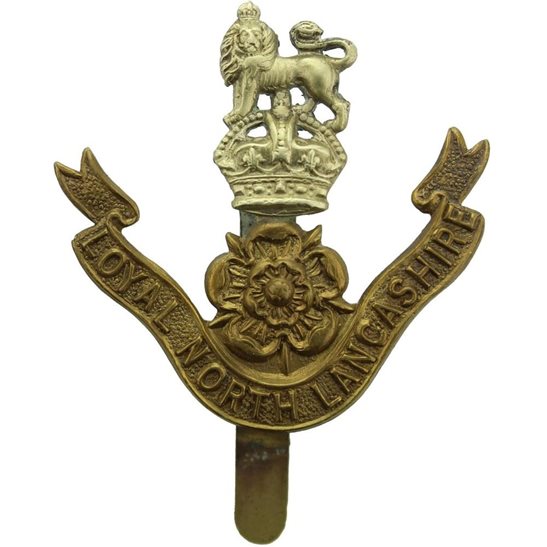Personal Details
Born: 17 September 1899 in Hale, Cheshire.
Family: He was the fourth of six children born to James Cresswell Pidduck, a cattle food agent and paper merchant, and his wife Polly. He married Elsa V Migge in 1936 in Aled, Denbighshire, Wales; no children can be traced for the marriage.
Residence: In 1901 he lived at 3 Holmefield Hope Road, Sale, Cheshire; by 1911 the family had moved to York House, 26 Station Road, Whitchurch, Shropshire where he continued to live until at least 1919. In 1926 and 1927 he was living at 8 George Street, Dudley, Warwickshire. By 1939 he was living at Roydon, St. Peter’s Road, Stourbridge, Worcestershire. He was living at 19 Rotherfield Avenue, Bexhill, Sussex at the time of his death.
Education: He attended Whitchurch Grammar School between 1910 and 1913 when he left to attend a private school in Lyme Regis, Dorset.
Employment: In 1939 his occupation was travelling bank clerk.
Died: 20 January 1972 in Bexhill, Sussex.
Military Details
Regiment: Loyal North Lancashire Regiment
Rank: Private
Service Number: 40514
Date of Enlistment: Not known
Date of Discharge: Not known
Reason for Discharge: Not known
Other Information: Brother of Charles Cresswell and Henry Barratt who both served in WW1.
Reginald was awarded the Campaign Medals (British War Medal, and Victory Medal)

The British War Medal (also known as 'Squeak') was a silver or bronze medal awarded to officers and men of the British and Imperial Forces who either entered a theatre of war or entered service overseas between 5th August 1914 and 11th November 1918 inclusive. This was later extended to services in Russia, Siberia and some other areas in 1919 and 1920. Approximately 6.5 million British War Medals were issued. Approximately 6.4 million of these were the silver versions of this medal. Around 110,000 of a bronze version were issued mainly to Chinese, Maltese and Indian Labour Corps. The front (obv or obverse) of the medal depicts the head of George V. The recipient's service number, rank, name and unit was impressed on the rim.
The Allied Victory Medal (also known as 'Wilfred') was issued by each of the allies. It was decided that each of the allies should each issue their own bronze victory medal with a similar design, similar equivalent wording and identical ribbon. The British medal was designed by W. McMillan. The front depicts a winged classical figure representing victory. Approximately 5.7 million victory medals were issued. Interestingly, eligibility for this medal was more restrictive and not everyone who received the British War Medal ('Squeak') also received the Victory Medal ('Wilfred'). However, in general, all recipients of 'Wilfred' also received 'Squeak' and all recipients of The 1914 Star or The 1914/1915 Star (also known as 'Pip') also received both 'Squeak' and 'Wilfred'. The recipient's service number, rank, name and unit was impressed on the rim.

